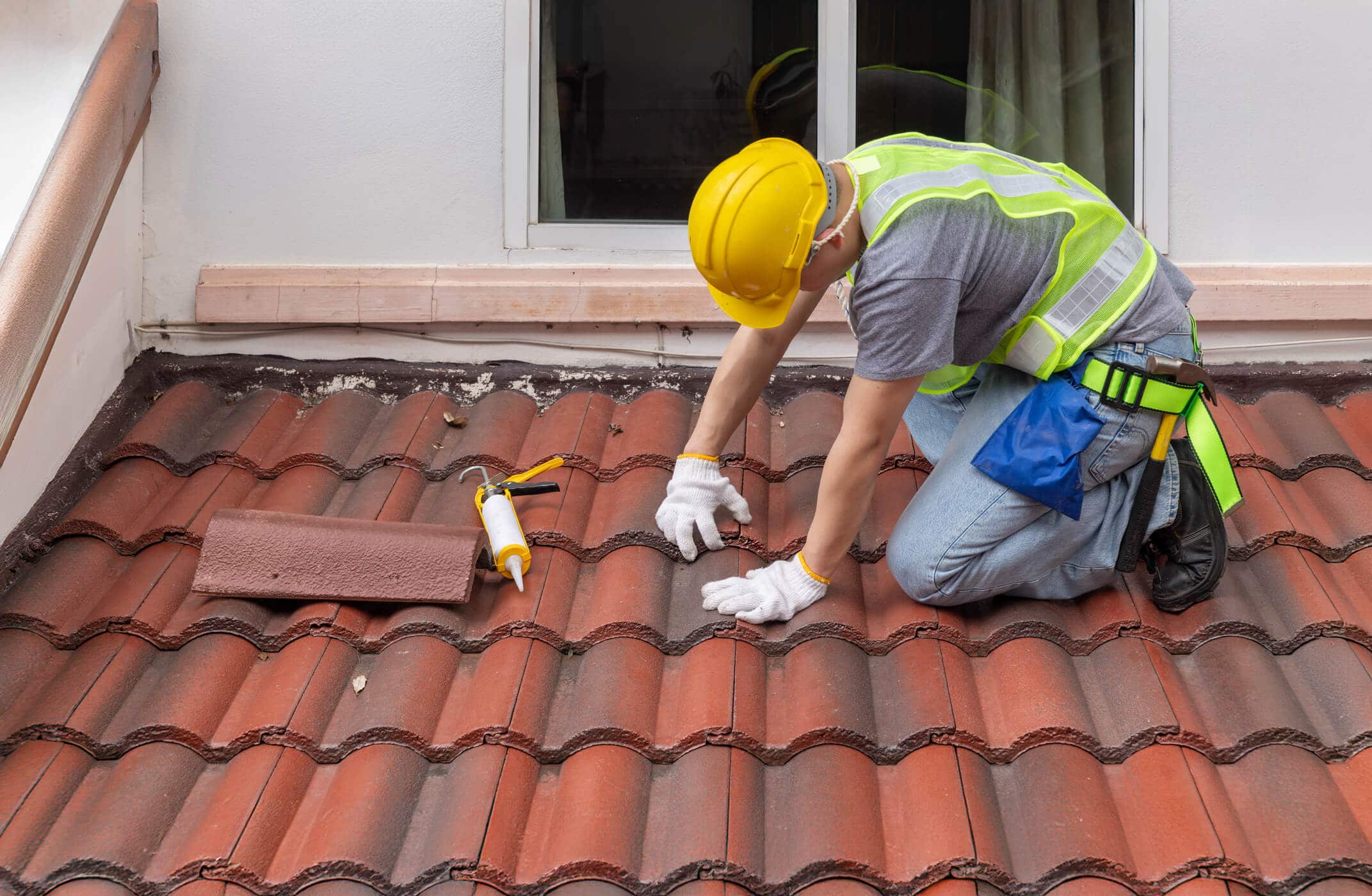
Owning a home in Atlanta has its perks, including charming neighborhoods, vibrant greenery, and, of course, those unpredictable Southern storms. But when heavy rains or a surprise hailstorm hits, your roof often takes the first punch.
That’s when roof repair jumps from the bottom of your to-do list straight to the top. Whether you’re dealing with a persistent leak, missing shingles, or the aftermath of storm damage, knowing how to handle a roof fix the right way can save you thousands in the long run.
But here’s the thing, roof repairing isn’t just about patching things up. It’s about making smart, informed decisions that protect your home, your wallet, and your peace of mind.
So, before you call up a contractor or climb a ladder yourself, there are a few things you absolutely need to know.
Signs You Need a Roof Repair (Not a Full Replacement)
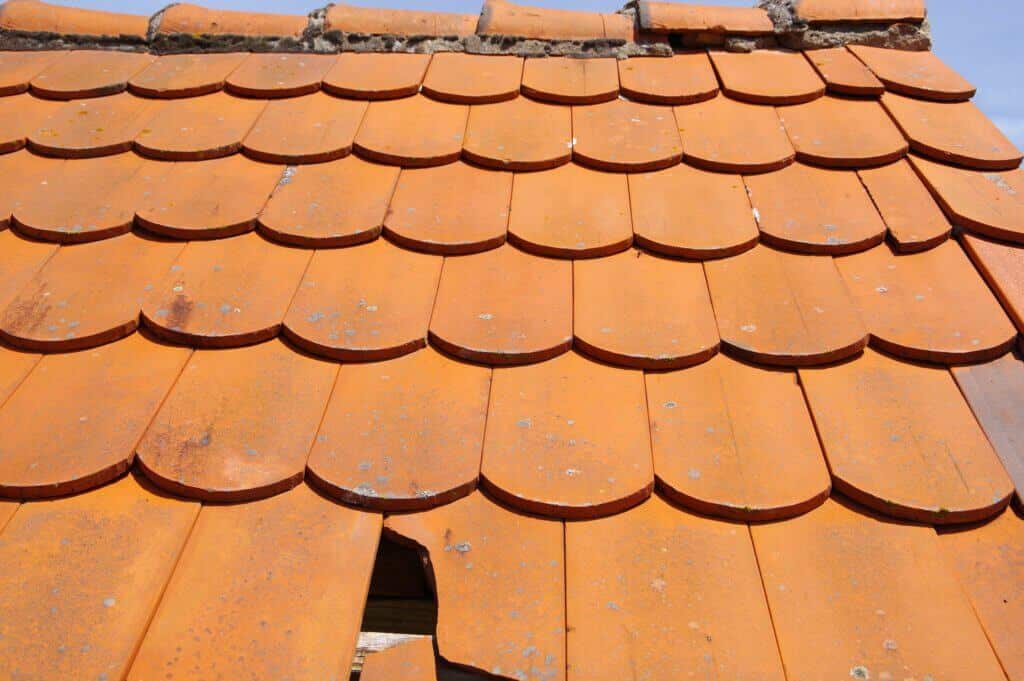
Not every roofing issue is a five-alarm fire that calls for a full tear-off and replacement. In fact, many common problems can be handled with a targeted roof repair, saving you time, money, and the headache of a major renovation.
Here are some telltale signs that your roof is waving a little white flag, but not surrendering entirely.
1. Stains on the Ceiling or Attic Insulation
Water stains are like your roof’s way of crying out for help. If you notice brown rings or damp spots on your ceiling or insulation, it likely means water is sneaking in through a small breach.
The good news is that this is typically a localized issue that can be addressed with a small roof repair. There is no need to rip everything off and start from scratch; just find the leak, patch it up, and move on.
2. Missing, Cracked, or Curling Shingles
Think of shingles like the armor of your roof. When a few go missing or start looking worse for wear, cracked, curled, or even blown off, it’s usually not a sign your entire roof is doomed. It’s more like your roof needs a little TLC. A professional can easily repair the roof by replacing only the damaged shingles, especially if the surrounding ones are still in good shape.
Pro tip: If over 30% of your shingles are compromised, then you might want to reconsider, but if it’s just a handful, a roof fix will do just fine.
3. Flashing Issues Around Chimneys or Vents
Flashing isthe thin metal material installed around chimneys, vents, and skylights, and plays a crucial role in keeping water out. When flashing gets loose, corroded, or is poorly installed, it can allow water to sneak in at the seams.
But again, this doesn’t mean you need to overhaul the whole structure. In most cases, roof fixing around these areas is quick and cost-effective, especially if caught early.
4. Loose Nails, Visible Daylight in the Attic
If you can see daylight streaming through your attic or spot loose nails sticking out like tiny red flags, don’t panic just yet. These are often signs of wear and tear, not catastrophic failure. A quick roof repair job can reseal those gaps and secure the loose components without bringing in a demolition crew. Just don’t ignore it because small issues have a way of growing up into big, expensive problems when left alone.
Many homeowners assume the worst when they spot roof damage, but more often than not, it’s something a skilled roofer can fix without tearing everything down. Most minor issues fall into the “repair, don’t replace” category, and that’s a relief for both your home and your wallet. The key is catching the problem early and understanding when a roof repairing job will do the trick.
Common Types of Roof Repairs in Southern US Homes
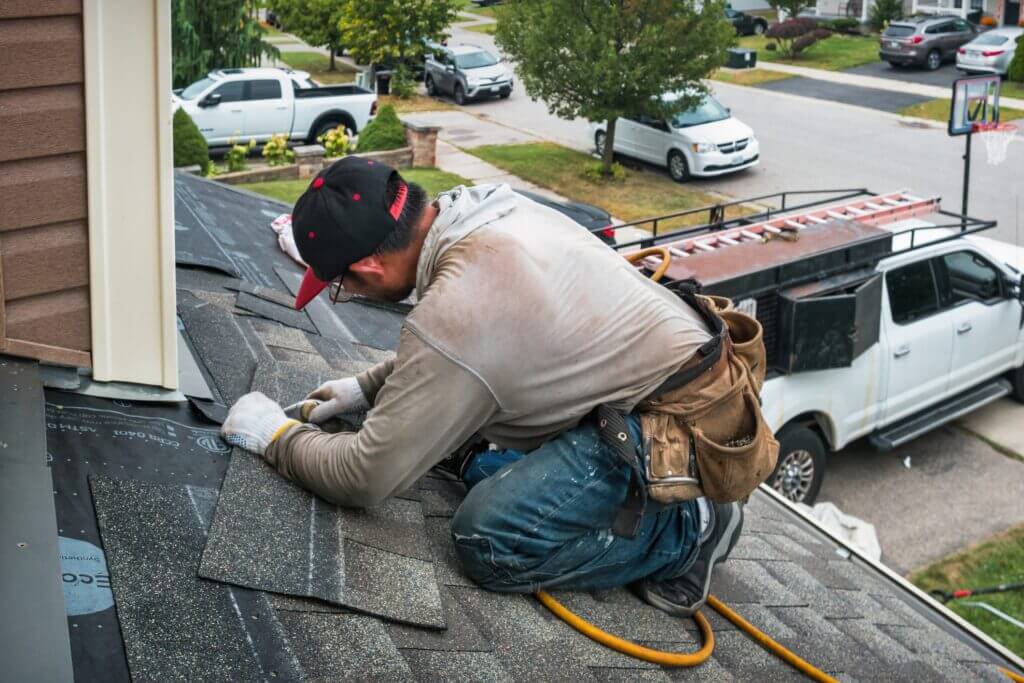
In the South, where humid summers, sudden storms, and the occasional hurricane roll through, your roof takes a beating. That means certain types of roof repairs are more common in homes from Atlanta to Baton Rouge than they might be up North.
While these issues might look different on the surface, most of them are fixable without needing to tear the whole thing down.
Here’s a quick overview before we dig into the details:
Type of Repair | What It Affects | Typical Fix |
Pipe Boot Leaks | Around plumbing vents | Replace the rubber boot and reseal the area |
Chimney Flashing & Chimney Pans | Around the chimney base and top | Re-flash, reseal, or replace metal pans |
Shingle Replacement & Patching | Damaged or missing shingles | Spot replacement or patching |
Valley and Dead Wall Leaks | Where the roof slopes meet or hit a wall | Seal or rework flashing and underlayment |
Nail Pops & Lifted Shingles | Raised nails causing loose shingles | Hammer down, reseal, or replace shingles |
Small Repairs Around Dormers or Skylights | Corners and flashing near the roof features | Targeted sealing or shingle replacement |
1. Pipe Boot Leaks
These are sneaky. The rubber boot that seals your plumbing vents can crack or deteriorate under Southern heat. When that happens, water starts seeping in, usually straight into your bathroom ceiling.
Luckily, this is a common roof fix that roofers can handle quickly by replacing the boot and resealing the area.
2. Chimney Flashing and Chimney Pans
Chimneys are charming, but they’re also notorious for leaking. Flashing, the metal that seals the base, and chimney pans, the covers that go on top, often corrode or pull away over time.
If you’re seeing water stains near your fireplace, this could be the culprit. A targeted roof repair around the chimney usually solves the problem without major intervention.
3. Shingle Replacement and Patching
Shingles are your roof’s first line of defense, and they don’t always go down without a fight. High winds and storms can lift or rip off shingles, especially in older homes.
Replacing a few damaged shingles or patching specific spots is a routine roof fixing job in the South, especially after a stormy season. No full replacement needed unless you’ve got widespread damage.
4. Valley and Dead Wall Leaks
Valleys, where two roof slopes meet, and dead walls, where the roof meets a vertical surface, are prone to leaks. Poor flashing or clogged debris often causes water to pool and sneak in.
A targeted roof repair in these areas typically involves sealing, replacing flashing, and occasionally reworking the underlayment.
5. Nail Pops and Lifted Shingles
Extreme temperatures can cause nails to push out, which lifts the shingles just enough for water to get in. These “nail pops” are common and easy to fix.
A roofer can reseat the nails, replace the lifted shingles if needed, and reseal the area. It’s a classic case of a small roof repair with a big impact.
6. Small Roof Repair Needs Around Dormers or Skylights
Dormers and skylights may be architectural eye candy, but they’re also flashing-intensive zones. Over time, sealants break down, and flashing loosens, which can lead to leaks. Fortunately, localized roof repairing here is often quick and clean, just a matter of resealing and tightening things up.
In Southern homes, roofing issues don’t always mean total disaster. Most of these problems can be solved with smart, localized roof repair work. No need to bring in the wrecking crew. Catch them early, and your roof will keep doing its job for years to come.
Why You Shouldn’t Wait: The Cost of Delayed Roof Fixes
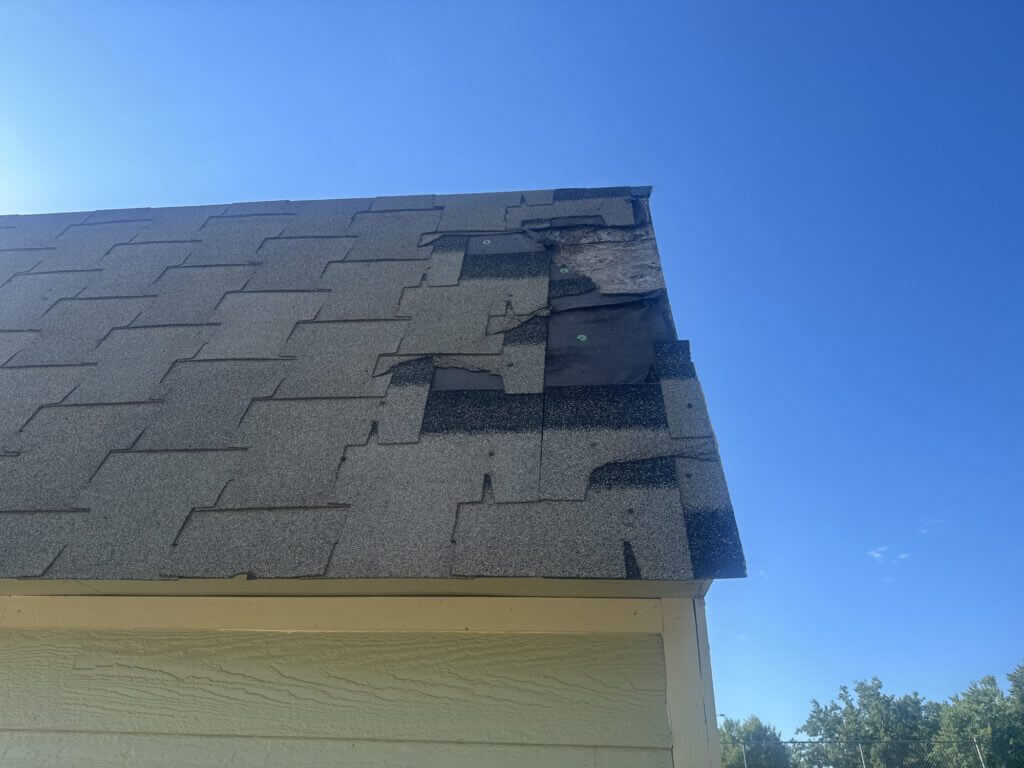
If you’re thinking, “Eh, it’s just a small leak, I’ll deal with it later,” you might want to rexamine that strategy.
Delaying even a minor roof repair can turn what was once a quick patch job into a costly, full-blown renovation. In a city like Atlanta, where thunderstorms can roll in with barely a warning, procrastination is practically an invitation for damage to escalate fast.
Mold Growth, Wood Rot, Insulation Damage
When water sneaks into your attic or behind your walls, it doesn’t just sit there quietly. It spreads. Moisture leads to mold growth, which can affect indoor air quality and pose health risks.
Left untreated, that same leak can rot wooden beams, weaken the roof structure, and ruin your insulation. According to FEMA, mold starts growing in as little as 24 to 48 hours under the right conditions, which Atlanta’s humid climate provides in abundance. A simple roof fixing job can prevent all of this if caught early.
Escalating Repair Costs as Damage Spreads
What starts as a $250 roof repair can balloon into a $5,000+ structural fix if the issue goes unchecked. Water doesn’t respect boundaries. Once inside, it travels, damaging drywall, flooring, and even your home’s foundation in extreme cases.
The longer you wait, the more areas you’ll need a roof leak repair, and the more labor-intensive it becomes. Think of it like a cavity: patch it early, or get ready for a root canal, roof edition.
Insurance Claim Complications When Damage Is Deemed “Preventable”
Here’s the kicker: insurance companies love a good technicality. If they determine your roof damage was “preventable” with timely maintenance or a small roof repair, they might deny your claim altogether.
Many Atlanta homeowners find themselves footing the bill because the insurer ruled that the issue stemmed from neglect, not a sudden incident. Even worse, roof-related claims can raise your premiums or affect future coverage.
Atlanta’s Fast-Changing Weather Makes Problems Worse Quickly
Atlanta’s weather doesn’t play around. One moment it’s sunny and calm, the next it’s a torrential downpour with wind gusts topping 40 mph. In this climate, a minor issue like a lifted shingle or a loose flashing can turn into a major leak within days.
Roofs here don’t have the luxury of time. So, when a problem arises, it’s best to act fast with a targeted roof repair to keep things from spiraling.
Lastly, delaying a roof fix in Atlanta is like ignoring a check-engine light before a road trip. It might be fine for now, but when things go wrong, they go very wrong. Early action isn’t just smart—it’s essential to protecting your home, your budget, and your sanity.
The Mr. Roofer Repair Process: What to Expect
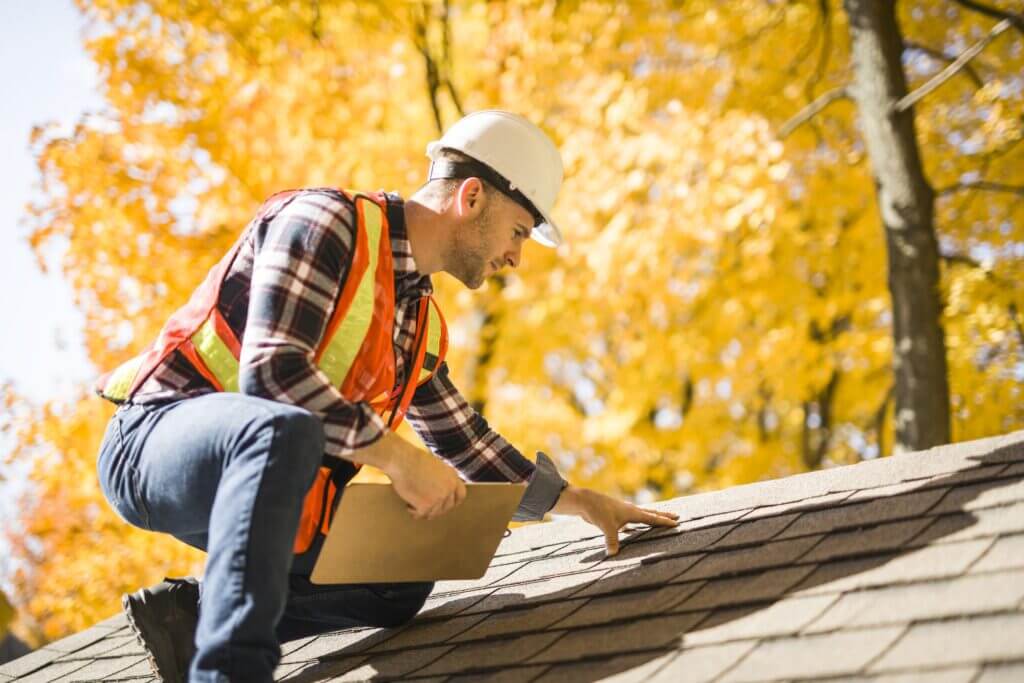
When you’re dealing with a roof leak, or worse, water dripping onto your hardwood floors, the last thing you want is guesswork or sales fluff. At Mr. Roofer, the roof repair process is built around clarity, speed, and real solutions.
When you call in the pros to fix your roof properly, here’s exactly what you can expect.
Fast Response and Honest Assessment
Atlanta weather doesn’t give much notice, and neither do roof problems. That’s why Mr. Roofer responds quickly, often within 24 hours of your call.
You won’t get a vague diagnosis or upselling for a whole new roof if you don’t need it. As you can see from our roof portfolio, our team focuses on identifying whether the issue needs a small roof repair or something more extensive, and we’ll tell you straight.
Use of Photos and Attic Inspection
This isn’t the “trust us, we saw a problem up there” approach. Mr. Roofer backs every assessment with visual proof. We’ll inspect your attic for signs of moisture, daylight, or insulation damage, then take detailed photos of the problem areas, whether it’s lifted shingles, damaged flashing, or worn-out pipe boots.
This gives you a clear view of exactly why a roof fix is needed and what parts of your roof are at risk.
Transparent Estimates—Often Same Day
Once the inspection is complete, you’ll get a straightforward estimate, often the same day. There is no confusing jargon or vague pricing.
Mr. Roofer breaks it all down, what needs to be fixed, what materials will be used, and how long the repair will take. You’ll know the cost before any work starts, which means no surprise fees down the line.
Materials Used: Pipe Boots, Flashing, Shingles & More
Quality matters, especially in a city like Atlanta, where one good rainstorm can put your roof to the test. Mr. Roofer uses premium materials like long-lasting rubber pipe boots, galvanized steel flashing, and matching shingles to keep your roof sealed tight.
Whether it’s patching up a valley leak or replacing a few shingles, the materials used are chosen for durability and weather resistance, because your roof repair shouldn’t just last a season.
Follow-up Care
Fixing your roof doesn’t end with the last nail. Mr. Roofer provides follow-up guidance on what to watch for, how to maintain the repaired area, and when to schedule a future check-up, especially important in the South’s fast-shifting climate.
And if you’re curious to learn more about the science and strategy behind solid roof repairs, our blog is full of practical insights for homeowners who like to stay a step ahead.
The Mr. Roofer repair process isn’t just about patching holes, it’s about giving you peace of mind, clear answers, and a roof that’s built to handle whatever Atlanta skies throw your way.
Roof Repair Costs: What Influences the Price?
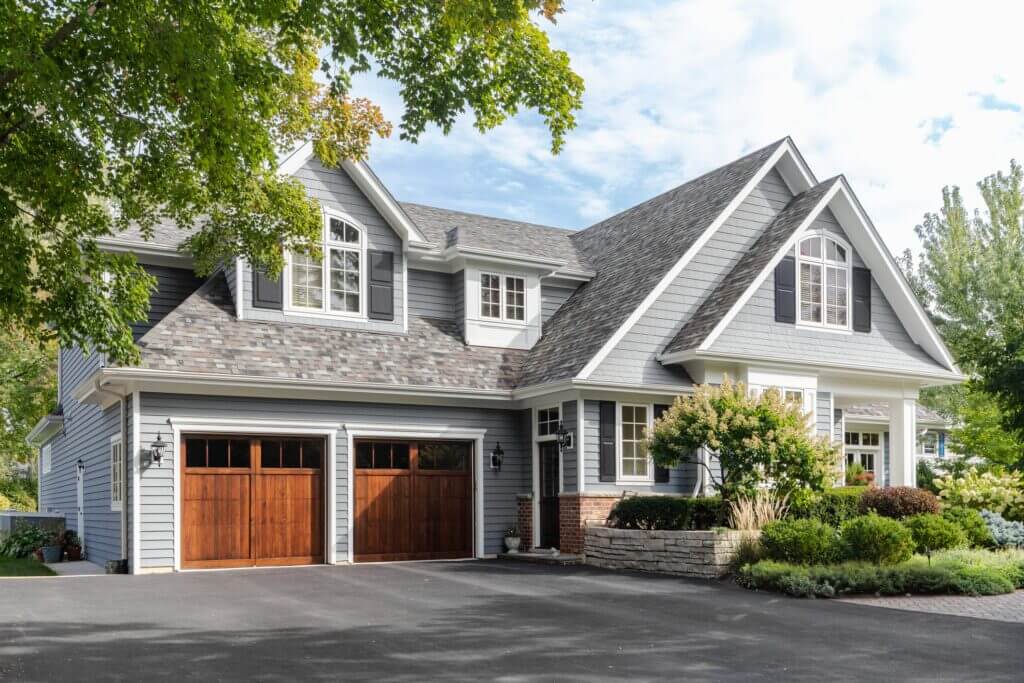
No one likes surprise expenses, especially when it comes to your roof. The truth is, roof repair costs can vary widely based on several key factors.
Whether you’re dealing with a minor pipe boot leak or a stubborn valley drip, understanding what goes into the pricing helps you make smarter decisions and avoid being overcharged.
1. Type of Issue (Flashing vs. Shingle Damage)
Not all roof issues are created equal. Replacing a few missing shingles is often quicker and cheaper than repairing damaged flashing around a chimney or dormer.
Flashing repairs require more precision and materials, especially if water has been sneaking in over time. In general, the more complex the leak, the more involved (and expensive) the roof fixing process.
2. Roof Height and Slope
Have a steep roof? Or maybe a two—or three-story home? Height and slope play a major role in repair costs. The steeper or taller the roof, the more safety equipment and labor it takes to do the job.
Roofers aren’t just patching a leak, they’re navigating angles, gravity, and potential risk. So yes, that steeply pitched beauty may cost a bit more when it needs a roof fix.
3. Accessibility (Chimney, Eaves, Valley)
If the problem is tucked behind a chimney, under a skylight, or in a hard-to-reach roof valley, expect a little more labor time and cost. Accessibility challenges mean it takes longer to inspect, diagnose, and complete the roof repair. The more obstacles between the roofer and the leak, the more the bill adds up.
4. Quality of Materials and Workmanship
There’s a big difference between a repair that holds up for 10 years and one that fails after the next storm. High-quality pipe boots, galvanized flashing, and weather-rated shingles cost more upfront but pay off in longevity.
Similarly, skilled workmanship ensures the repair is done right the first time. As we always recommend, it’s better to invest in solid materials than keep calling someone back every six months.
Why Cheaper Isn’t Better in Roof Fixing
It’s tempting to go with the lowest bid, but cheaper often means shortcuts. Inexperienced roofers may use low-grade materials, skip inspections, or fail to diagnose the full problem, leading to repeat repairs (or worse, water damage).
In roof repair, value beats price every time. A $200 “quick fix” today could turn into a $2,000 headache tomorrow if it wasn’t done right.
How to Spot a Bad Roofer How to Spot a Bad Roofer (And Avoid Getting Scammed)
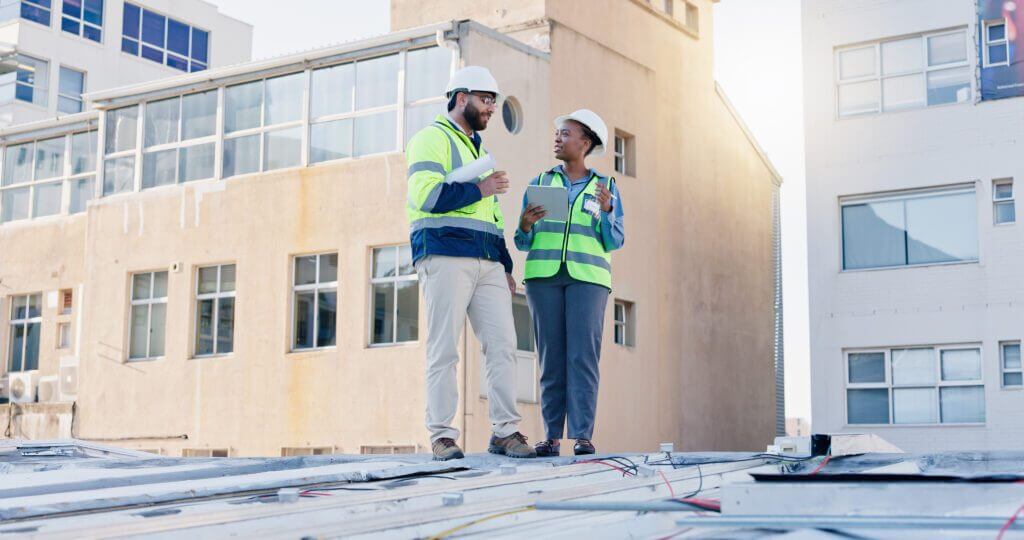
Unfortunately, the roofing world has its fair share of fly-by-nights and storm-chasers. Here’s how to tell if a roofer is more interested in your wallet than your roof.
Warning Signs to Watch For
Here are some warning signs to never ignore:
Red Flag | Why It Matters |
Vague Pricing | No clear breakdown of labor, materials, or repair scope, often a sign of upselling. |
No Photos or Proof | If they won’t show you what’s wrong, they may be making it up, or they don’t know. |
Pushes Full Replacement | Some contractors push full tear-offs for profit, even when a small roof repair would do. |
A trustworthy roofer will walk you through the problem, show you images, and explain why a specific roof repair is (or isn’t) the right solution.
Licensing, Insurance, and Warranties
A legitimate roofing contractor should be licensed and insured—no exceptions. In Georgia, roofers don’t need a specific state license, but professional credentials, general liability insurance, and workers’ comp coverage are non-negotiables.
You should also ask about workmanship warranties on repairs. A solid warranty is a good sign that the roofer stands behind their work.
Why Many Roofers Avoid Roof Repairs
Here’s an industry secret: a lot of roofers would rather not deal with roof repairs at all. Why? Two reasons:
- Less Profit: Repairs are usually lower ticket than full replacements, making them less attractive for companies chasing big paydays.
- More Expertise Needed: A repair calls for precise diagnostics and targeted solutions. It’s not as simple as slapping on new shingles, it takes skill to trace leaks and fix them without creating more problems.
That’s exactly why Mr. Roofer stands out. While we do offer roof replacement services, we don’t avoid repairs, we specialize in them. Whether you need a quick patch or a second opinion on whether you really need a new roof, we’ll give you the truth (not a replacement pitch).
Preventive Maintenance to Reduce Future Repairs
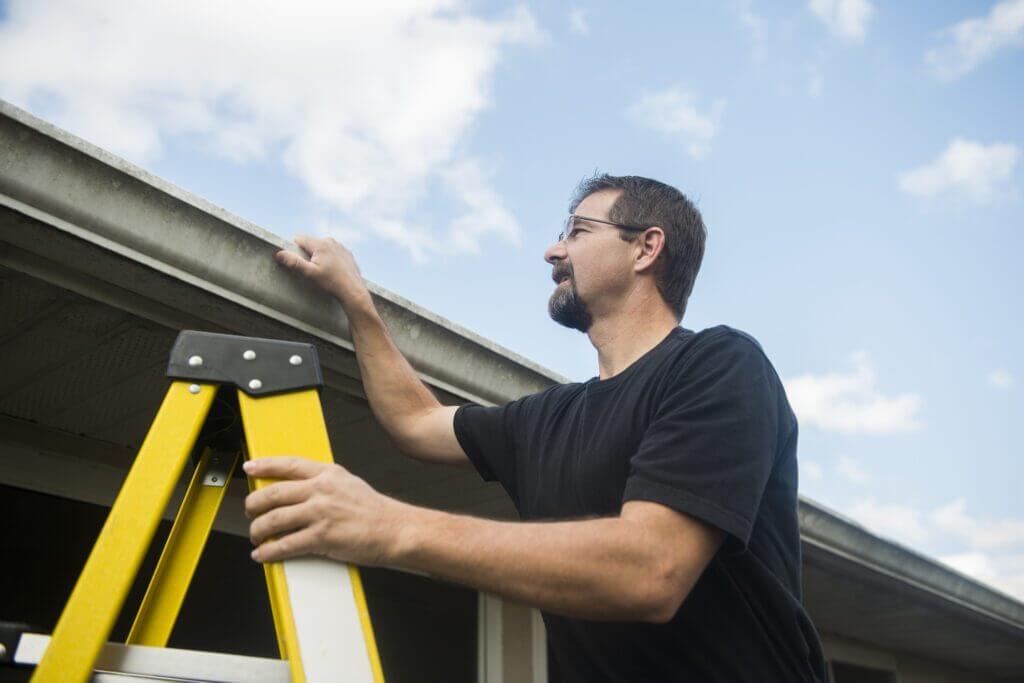
You know what’s better than a roof repair? Not needing one in the first place.
Below are some simple (but often skipped) preventive steps that can help you avoid costly roof repairs in the future.
Annual Inspections
Professional roofers (like the sharp-eyed team at Mr. Roofer) look for early signs of wear and tear that homeowners often miss.
What it includes:
- Checking for cracked, curled, or missing shingles
- Inspecting flashing around chimneys, vents, and skylights
- Identifying nail pops or signs of rust near pipe boots
- Looking inside the attic for daylight leaks or moisture trails
Gutter Cleaning and Drainage Checks
Clogged gutters might not look like a roofing problem, but they’re one of the leading causes of water backing up onto the roof. That excess water can seep into shingles, fascia boards, or even the attic.
What to do:
- Clean gutters and downspouts at least twice a year
- Use gutter guards to minimize leaf buildup
- Ensure downspouts direct water at least 3 feet away from the foundation
- Inspect for sagging or disconnected sections that can cause overflow
Caulking and Flashing Tune-Ups
Flashing and caulking are the unsung heroes of your roofing system. These materials seal vulnerable areas where water loves to sneak in, like chimneys, valleys, vents, and skylights. Over time, sun, rain, and temperature swings can crack or shrink them.
What to watch for:
- Dried-out or peeling caulk around flashing
- Loose metal flashing that needs re-securing
- Rust spots on flashing that can lead to pinhole leaks
- Seams around dormers or eaves that no longer seal tightly
How a Little Maintenance Saves Thousands in Roof Fixing Costs Later
It may sound cliché, but an ounce of prevention really does beat a pound of cure, especially on your roof. A few hundred dollars in regular maintenance each year can save you thousands in emergency roof repair costs.
Not to mention, a well-maintained roof adds value to your home and increases your chances of a smooth insurance claim if you ever need one.
Conclusion: Don’t Wait Until You Hear Drips
Your roof does a lot of heavy lifting, quietly keeping out rain, wind, heat, and humidity. So don’t wait until you hear a mysterious drip at 2 a.m. to give it some attention.
Whether you need a quick roof fix, help with maintenance, or just an honest assessment of your current roof health, Mr. Roofer is the local expert Atlanta homeowners trust.
Take the first step today. Schedule a roof inspection!
